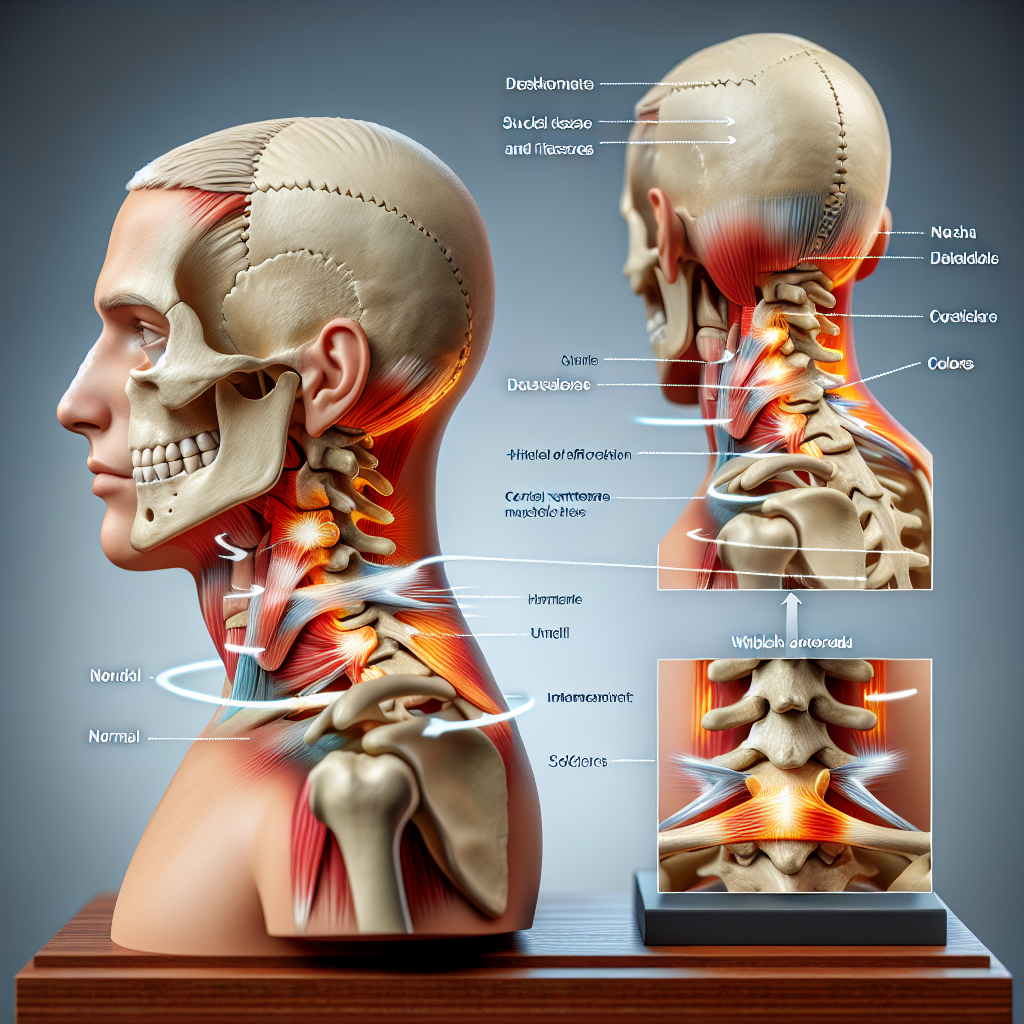Understanding Whiplash Associated Disorder Injury

Whiplash Associated Disorder (WAD) is a common injury that often results from motor vehicle accidents. It is a condition that affects the neck and upper body, causing a range of symptoms from mild discomfort to severe disability. This article aims to provide a comprehensive understanding of WAD, its causes, symptoms, diagnosis, and treatment options.
What is Whiplash Associated Disorder?
Whiplash Associated Disorder is a term used to describe a range of symptoms that occur following a whiplash injury. Whiplash is a neck injury due to forceful, rapid back-and-forth movement of the neck, like the cracking of a whip. This sudden motion can cause damage to the bones in the spine, disks between the bones, ligaments, muscles, nerves, and other tissues of the neck.
Causes of Whiplash Associated Disorder
Whiplash injuries, and consequently WAD, are most commonly caused by rear-end car accidents. However, they can also result from sports accidents, physical abuse, and other types of traumas such as a fall. The impact causes the head to jerk forward or backward, straining the neck’s muscles and ligaments.
Symptoms of Whiplash Associated Disorder
WAD symptoms can appear immediately after the injury, or they may develop over several days. They include:
- Neck pain and stiffness
- Headaches, most commonly at the base of the skull
- Dizziness
- Blurred vision
- Fatigue
- Difficulty concentrating or remembering
- Irritability and sleep disturbances
Diagnosis and Treatment of Whiplash Associated Disorder
Diagnosis of WAD involves a physical examination, patient history, and, in some cases, imaging tests such as X-rays, computed tomography (CT) scans, or magnetic resonance imaging (MRI). The treatment for WAD can vary depending on the severity of the symptoms. It may include pain management, physical therapy, and in severe cases, surgery.
Prevention of Whiplash Associated Disorder
While it may not be possible to prevent all cases of WAD, certain measures can reduce the risk. These include wearing seat belts, adjusting headrests in vehicles to the correct height, and wearing appropriate protective gear during sports activities.
Conclusion
Whiplash Associated Disorder is a potentially debilitating condition that can significantly impact a person’s quality of life. Understanding the causes, symptoms, and treatment options for WAD can help those affected manage their condition and seek appropriate medical care. It’s essential to seek immediate medical attention if you suspect you have suffered a whiplash injury to prevent the development of WAD and ensure a swift recovery.
Meta Keywords: Whiplash Associated Disorder, WAD, whiplash injury, neck injury, car accidents, symptoms of WAD, diagnosis of WAD, treatment of WAD, prevention of WAD







